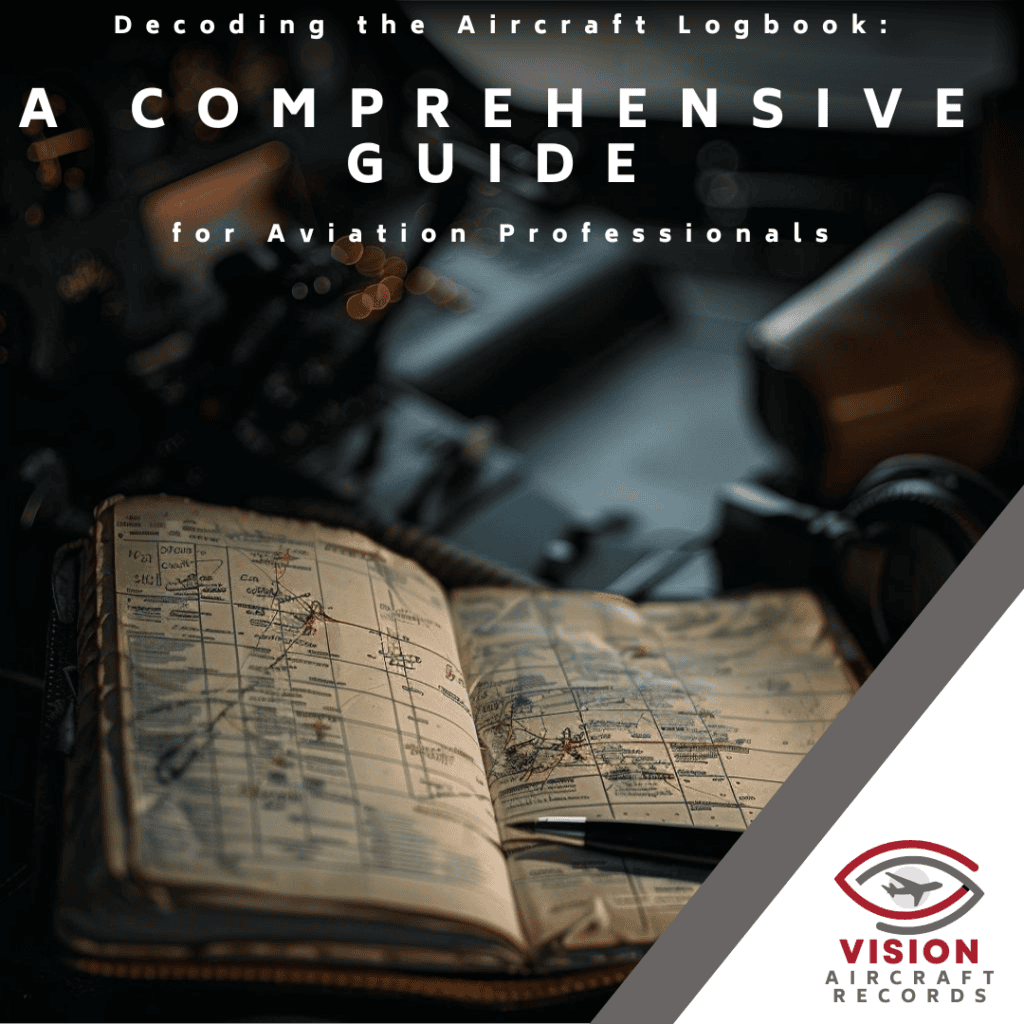For aviation professionals, the aircraft logbook is a crucial document that serves as the official record of an aircraft’s history. It contains meticulous details about the aircraft’s operations, maintenance, repairs, alterations, and inspections. Understanding how to accurately maintain and interpret these logbooks is essential for ensuring the safety and compliance of the aircraft. Here’s a guide to help you decode the complex world of aircraft logbooks.

The Anatomy of an Aircraft Logbook
An aircraft logbook is divided into distinct sections, each serving a specific purpose:
- Flight Log Section: This section records all flight time and is essential for tracking the aircraft’s usage, which informs maintenance schedules.
- Maintenance Records: Detailed entries here reflect all maintenance work, major alterations, and repairs performed on the aircraft, ensuring compliance with aviation regulations.
- Inspection Records: Regular inspections are mandatory. This part documents the dates, details, and findings of these inspections.
- Engine and Propeller Logs: These logs are separate from the airframe log and detail the history and condition of the aircraft’s engine(s) and propeller(s).
Understanding Logbook Entries
Each entry in an aircraft logbook must include certain information to be compliant with regulatory requirements:
- Date of the Record: The date when the flight, maintenance, or inspection occurred.
- Description of Work or Flight: A detailed account of the maintenance performed, the nature of the flight, or the scope of the inspection.
- Reference to Applicable Regulations: Citation of the specific regulations or standards that the maintenance or inspection adheres to.
- Certification and Signatures: Signatures of the responsible parties, along with their certificate number and type, confirming the work was performed according to regulations.
Best Practices for Logbook Management
To effectively manage aircraft logbooks, adhere to the following best practices:
- Accuracy: Ensure all entries are accurate and reflective of the work performed or the flight conducted.
- Legibility: Entries must be readable and understandable to anyone who might review the logbook.
- Timeliness: Update the logbook promptly after any flight, maintenance, or inspection activity.
- Consistency: Use a consistent format for entries to maintain clarity and facilitate ease of reference.
Digital Logbooks
With technology advancements, digital logbooks are becoming the norm in the aviation industry. They offer numerous benefits, such as easy data retrieval, enhanced accuracy, and secure storage. When using digital logbooks, ensure they comply with regulatory standards like those set out in the FAA’s Advisory Circular AC 120-78A.
Navigating Regulatory Compliance
Understanding the regulations that govern logbook entries is paramount. In the United States, the Federal Aviation Regulations (FARs) outline the requirements for record-keeping. Professionals should familiarize themselves with the specific FAR parts relevant to their operations, such as FAR Part 43 for maintenance and FAR Part 91 for general operating rules.
The Importance of Logbook Reviews
Regular logbook reviews are necessary to verify the aircraft’s airworthiness. These reviews involve checking for:
- Completeness: Ensure there are no missing entries or gaps in the logbook’s history.
- Compliance: Verify that all maintenance and inspections meet the required standards.
- Integrity: Check for any discrepancies or signs of unauthorized alterations.
Conclusion
Decoding an aircraft logbook is a skill that requires attention to detail, an understanding of aviation regulations, and meticulous record-keeping practices. Whether in paper form or digital, the logbook is the life story of the aircraft, and maintaining it is a responsibility that all aviation professionals share. Proper logbook management ensures the aircraft’s integrity, compliance, and ultimately the safety of everyone on board.